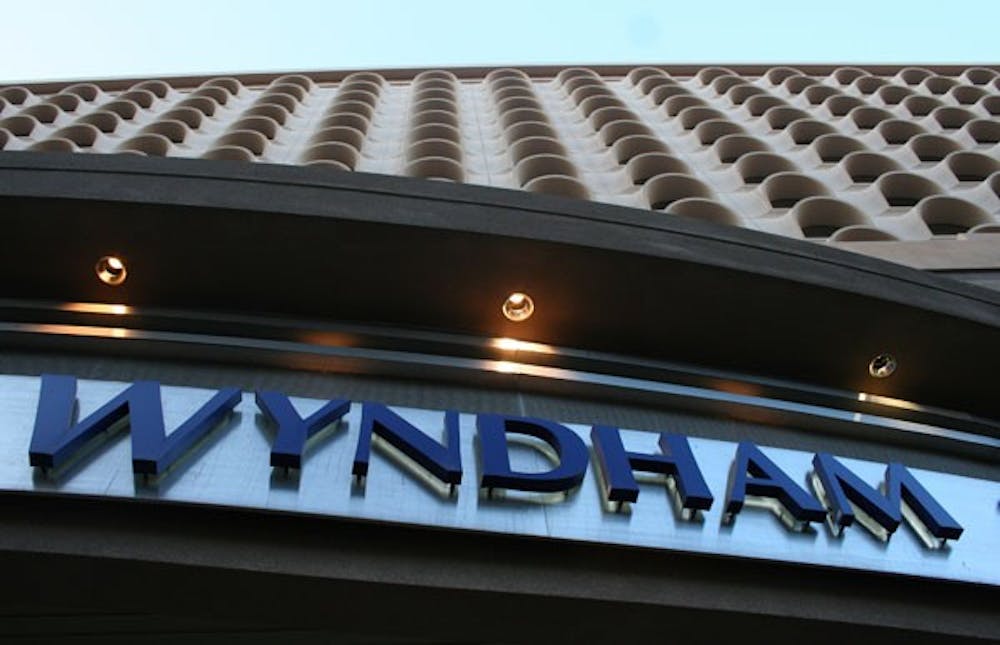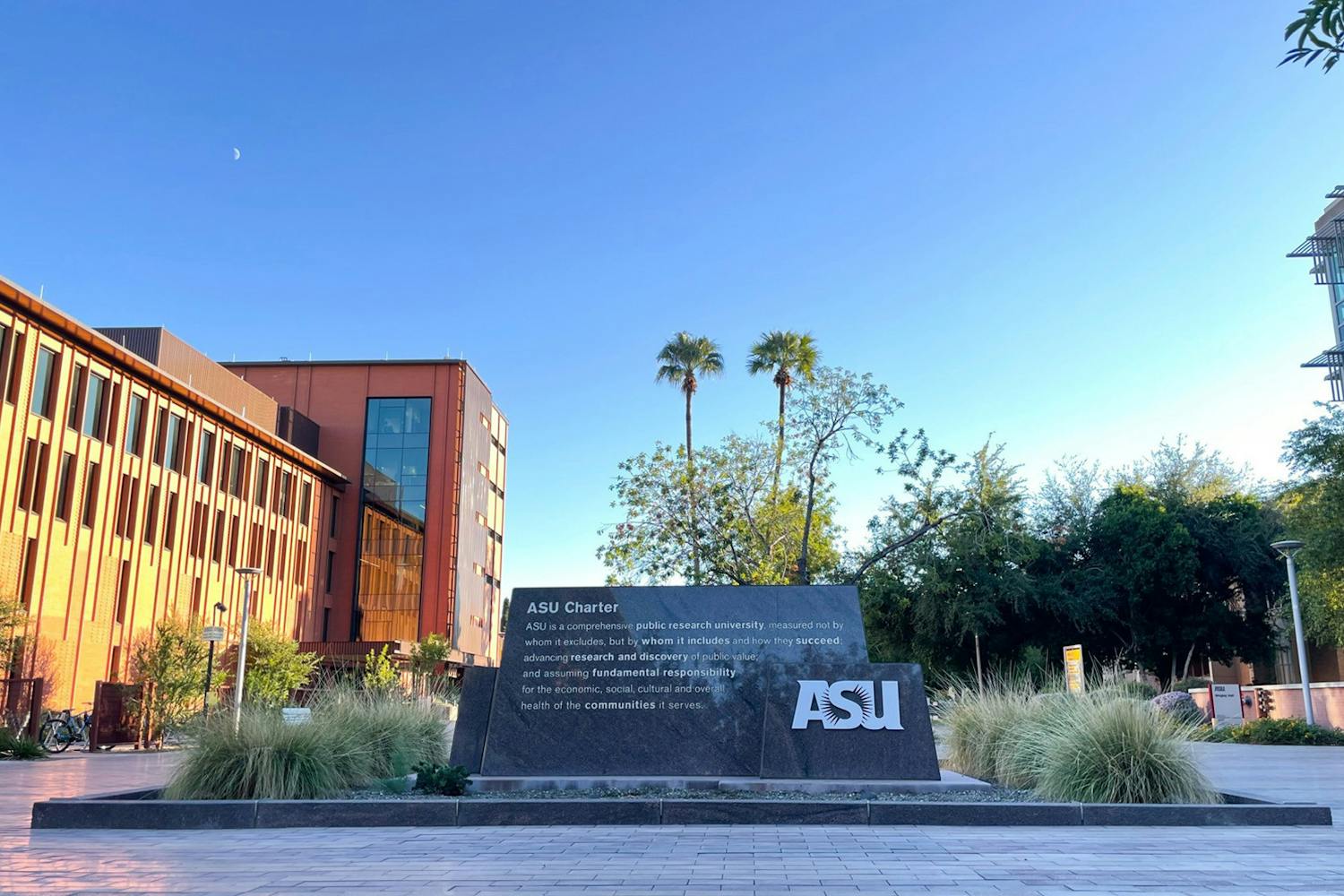Despite the lagging U.S. travel industry, hotels in the Phoenix area have had higher occupancy and room rates than the national average this year, according to industry reports.
Occupancy of Phoenix hotels was 56.2 percent in January, higher than the national average of 45.1 percent, according to reports conducted by Smith Travel Research, Inc., a firm tracking supply and demand in the hotel industry.
Though Smith Travel Research has not yet released data for all of February, weekly data indicates that number rose to 69.2 percent in the third week — higher than the national average of 55.4 percent. Trends from previous years show these numbers could increase through March and possibly April.
“The economy is still in recession mode, but certainly there’s more of an indication that more people are coming [to vacation],” said Douglas MacKenzie, spokesman for the Greater Phoenix Convention and Visitors Bureau.
Tim Tyrrell, director of the Megapolitan Tourism Research Center in the College of Public Programs on the Downtown campus, said the reason tourists come to Phoenix this time of year is obvious.
“Look at a weather map — that says it all,” he said.
Though sunshine and blue skies are a part of the appeal, MacKenzie said many events Phoenix hosts this time of year — like Major League Baseball’s Spring Training, the Waste Management Phoenix Open and the Barrett-Jackson Car Auction — contribute to vacationers choosing the Valley of the Sun.
“They can look forward to leaving their parkas behind and bringing their swimsuits, enjoying the outdoors and enjoying the natural deserts,” he said.
Now is a great time for vacationing in Phoenix because of the city’s growth, Tyrrell said.
“Despite the recession, we have a lot of things growing here,” he said, citing examples like the expanded Convention Center, new Sheraton Hotel and the Downtown campus.
In January, the average daily rate for a hotel room in Phoenix was $114.93, higher than the national average by more than $20. In weekly data in February, that number rose as high as $122.99.
Despite boasting higher-than-average occupancy percentages and room rates, Phoenix has seen more than 1,700 hotel rooms added to the area in the last two years, tipping the balance of supply and demand, according to data from both Smith Research Group and the Greater Phoenix Convention and Visitors Bureau.
“The increase in new rooms [occurred] at the same time the room demand dropped, so there are more rooms available,” said Jan Freitag, vice president of Smith Travel Research. “You take those two numbers together, you get to a double-digit occupancy decline … that means every five out of 10 rooms are empty in the Phoenix market.”
This shift has “been going on for a while,” and it allows hotels to cut rates in order to increase demand, she said.
“By the end of the year, I think we’ll see some marginally better numbers,” Frietag said. “We expect the supply and demand balance to shift, so we’re seeing less [empty] rooms. ... We’ve seen positive demand increases in the last three months, and that’s despite the economy being what it is. That is a good sign.”
Reach the reporter at joseph.schmidt@asu.edu





